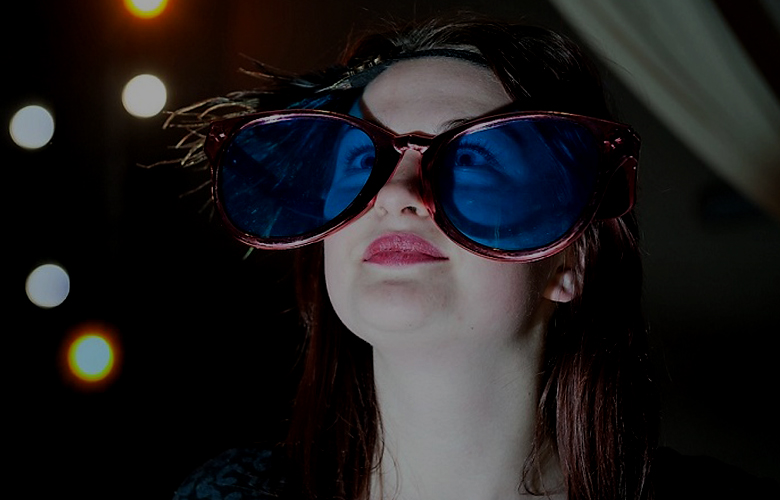
The human eye is an amazing thing that many of us take for granted and most of us don’t fully understand. I was lucky enough in my career to have the opportunity to work on so many different projects that challenge people to question whether they are really seeing what they are looking at.
This is a great feeling after you have completed a project and know you have tricked the eye into thinking it sees something that is not completely real. What do I mean by this? Let me tell you about a certain project that got me intrigued by this art form and opened my eyes.
I was brought into a project for Blue Man Group in Las Vegas and the scope of work was focused on their show element – the Zoetropes. If you have not seen the show, I encourage you to! You will get to experience this spectacle which is a collaboration of light flashes in colors that make your eyes react and pick up the movement of the Zoetropes. They spin at a very rapid speed and with the combination of the light and movement it seems that the Zoetropes are dancing.
I was intrigued to play with this in other aspects of the prop making world and started to create finishes that could have this effect on people’s perception.
Faux finishing has this type of ability as well and we use this for a number of reasons including cost savings, availability of materials and simplicity.
Prop makers can take a piece of poly foam and make it look like practically anything after it has been shaped and painted with these techniques. Using these principles we are able to achieve the goals of our clients and manipulate the audience’s perspective into believing they are seeing something that is not factually that true in form. We get the chance to be a kind of magician playing these tricks on the audience’s eyes and we have really succeeded if they believe what they saw was something that it was not.
We have a trade rule of ‘distance to the eye’ which means how far away the person will be from the actual prop. This gives us the flexibility to the level of detail that is required for a particular item. Let’s say that the audience seats are ten feet from the stage or fifty feet from the stage. This would change the critical aspect of needed attention to detail, being less detailed the further away they are from the stage. Prop makers can also use their painting techniques to make a smooth surface look rough or make the effect of something that it is not.
Having a large range of skill sets and experiences will help each prop making artist to mix these and create new forms of prop making and capture their audiences’ attention so they won’t know that you may have just tricked the eye.
Creatures Of Habit: What Is Your Show Ritual?
Social Media Networks And Getting A Job


Ian Mcpherson has had the unique opportunity to be involved in many thematic designs and fabrications throughout the world. Ian has worked in some of the most popular resorts and venues including Wynn, Venetian, Caesars, Planet Hollywood, City Center, Phantom Theater, Blue Man Group, The House of Dancing Water, Revel Casino, Galaxy and many others. Ian also has an extensive background in many construction aspects ranging from GRG, FRP, GFRC, stone, metal, wood, crystal, lighting, and glass. He possesses a vast knowledge and expertise in all aspects of theme design, project management, production, fabrication, sourcing, and problem solving.
Read Full Profile© 2021 TheatreArtLife. All rights reserved.

Thank you so much for reading, but you have now reached your free article limit for this month.
Our contributors are currently writing more articles for you to enjoy.
To keep reading, all you have to do is become a subscriber and then you can read unlimited articles anytime.
Your investment will help us continue to ignite connections across the globe in live entertainment and build this community for industry professionals.